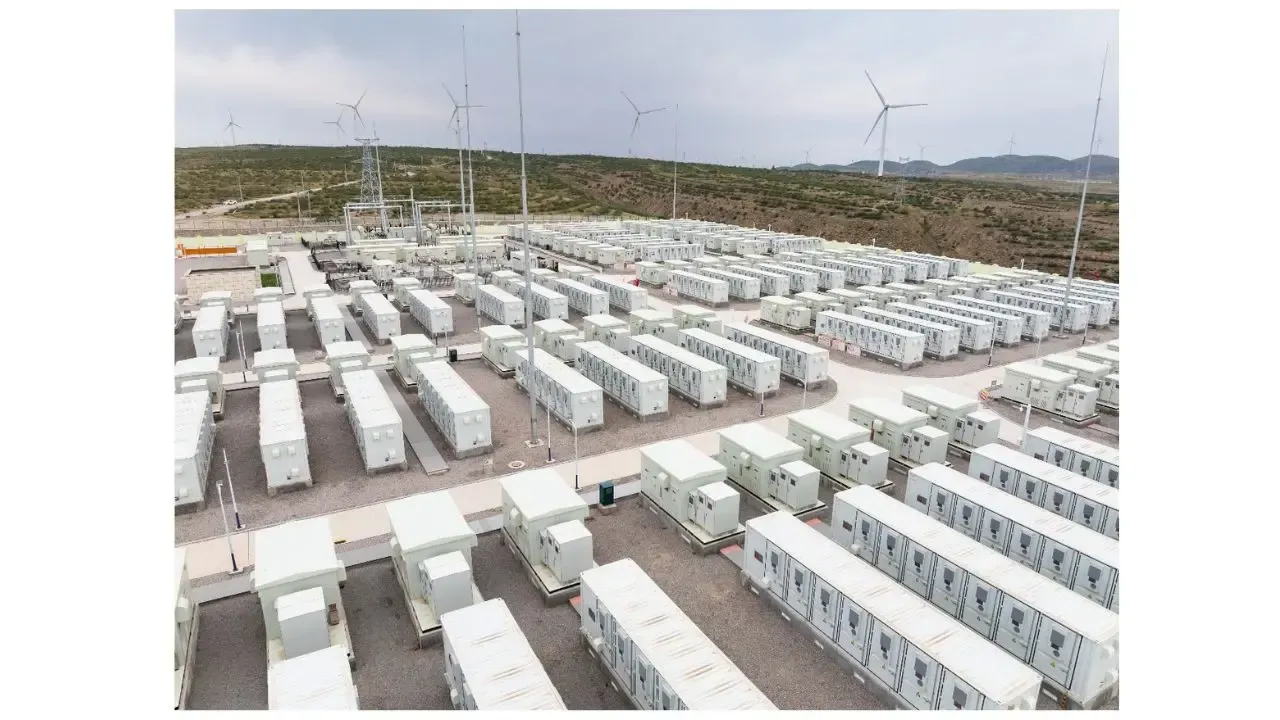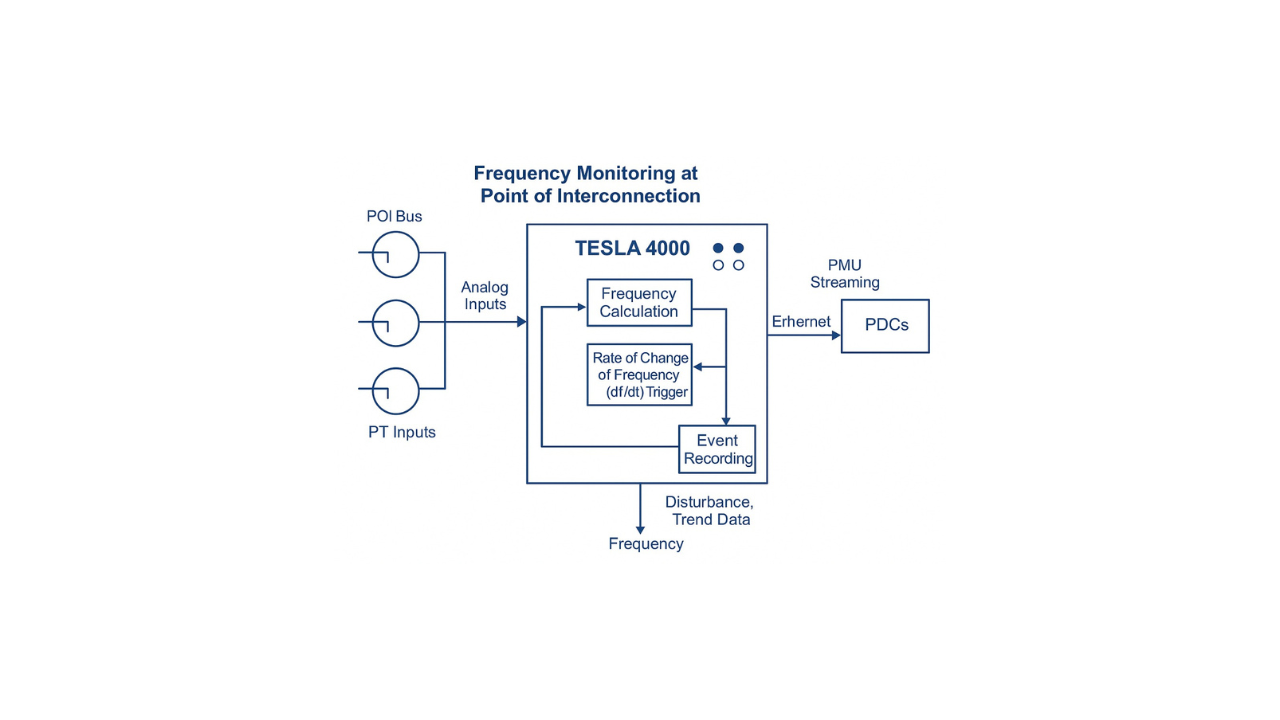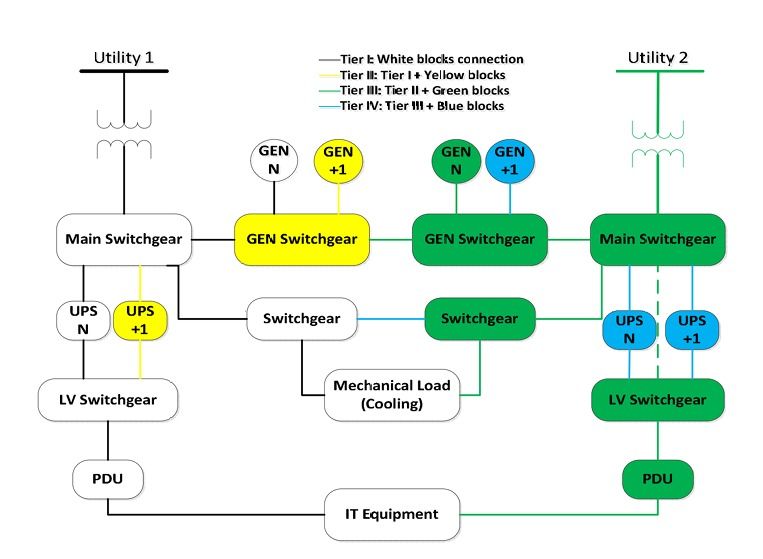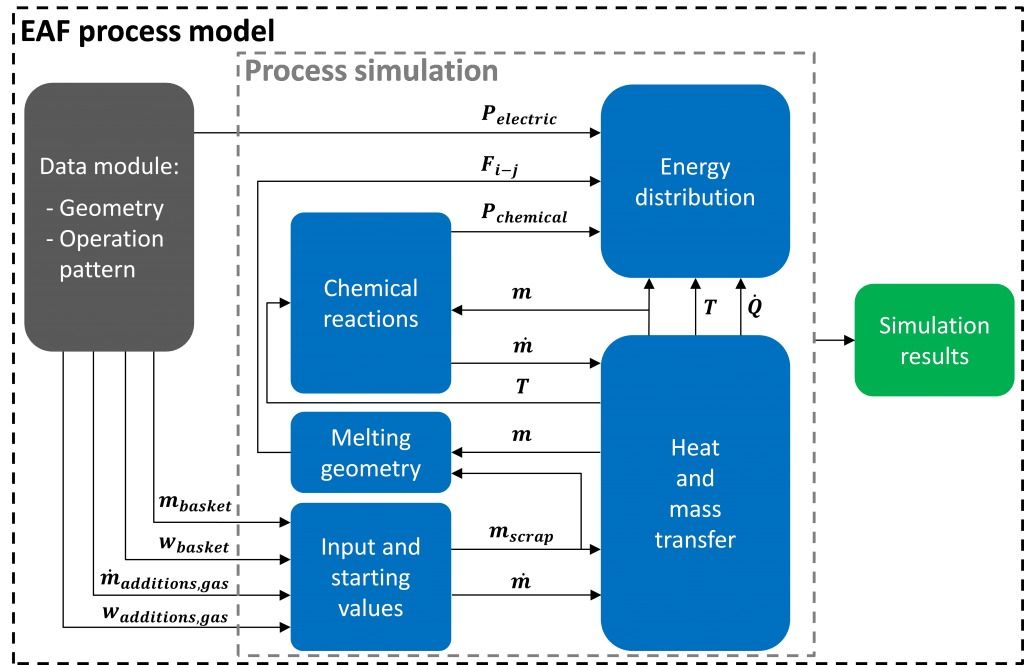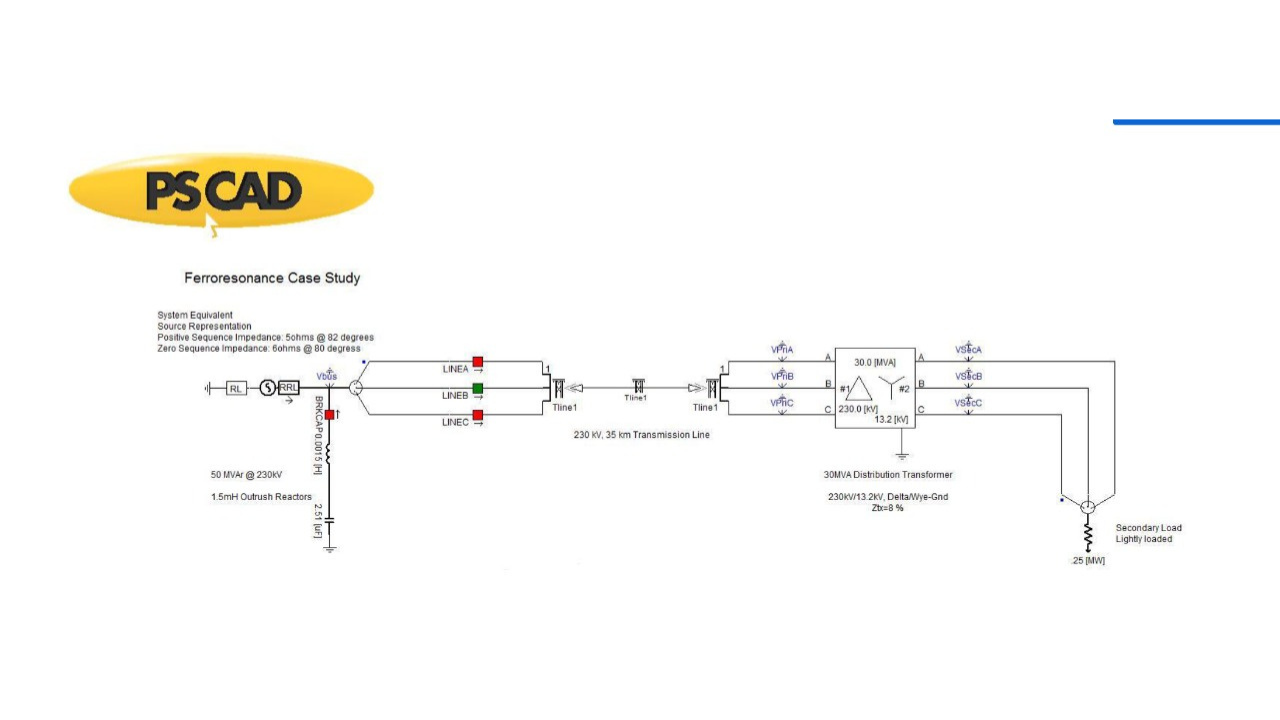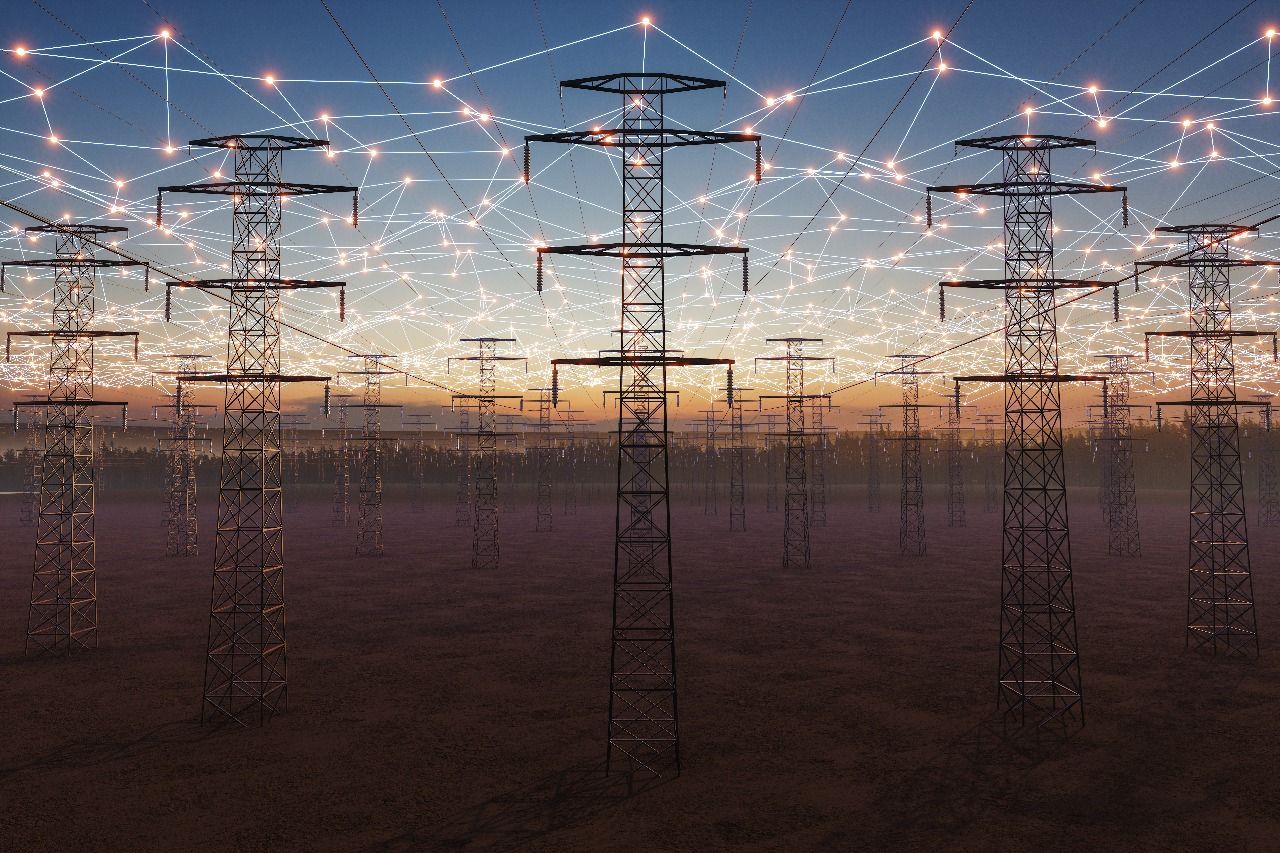Ensuring Reliable Interconnections — Hydro-Québec-Compliant Facility Connections
May 1, 2025 | Blog
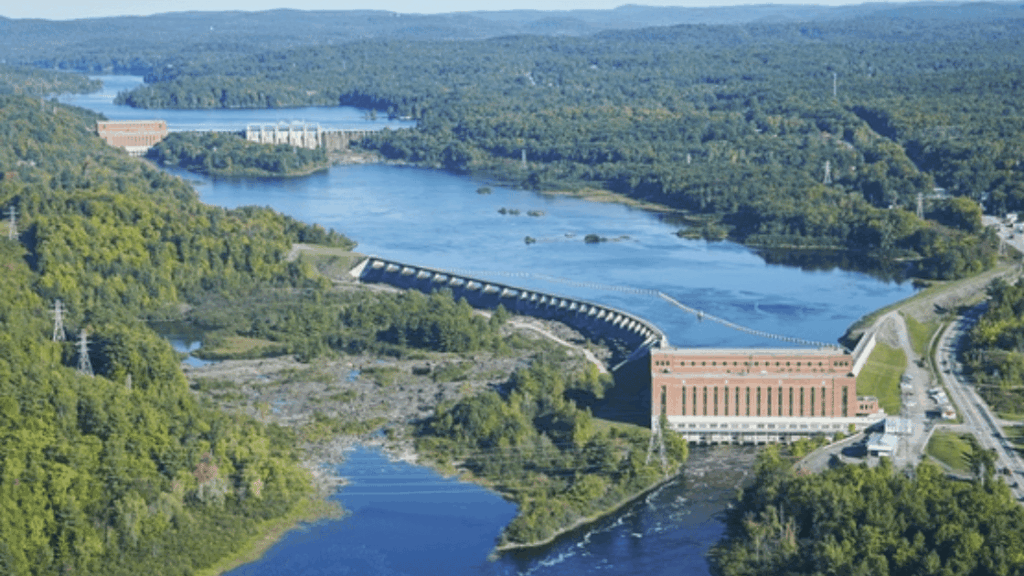
Linking a customer facility to the Hydro-Québec Transmission System is a high-stakes exercise in precision engineering and regulatory compliance. Keentel Engineering steers clients through every clause of Decision D-2018-145—from substation grounding and insulation coordination to dual-primary protection and telecom interfaces—so each interconnection is seamless, safe, and grid-reliable. Our team’s mastery of Hydro-Québec interconnection rules eliminates compliance risk while maximising performance.
Key Technical Requirements for Hydro-Québec Interconnection
Under Decision D-2018-145, Keentel Engineering delivers turnkey compliance in five critical areas:
Facility Design & Documentation
We prepare and submit every required deliverable—preliminary load and short-circuit studies, one-line and protection-scheme diagrams, and Hydro-Québec transmission system sketches—to secure fast, error-free interconnection approval.
Substation Equipment Compliance
Our team specifies and validates all customer-side hardware: grounding grids (per IEEE 80), insulation coordination tables, visible lockable disconnect switches, zinc-oxide surge arresters, and tie-breaker assemblies—ensuring each component meets Hydro-Québec’s stringent design standards.
Protection System Engineering
We develop and implement robust fault-clearing schemes—breaker-failure protection, dual-primary relay setups and coordination studies aligned with Hydro-Québec’s Transmission System fault-management criteria—to guarantee safe, selective tripping.
Telecommunications & Remote Signaling
Whether fibre-optic, microwave or copper media, our telecom designs handle remote breaker tripping, fault recording and SCADA integration in full compliance with Hydro-Québec’s signalling specifications.
Operation & Maintenance Coordination
From crafting facility operation manuals to syncing annual maintenance schedules with the Hydro-Québec Transmission Provider, we ensure
Learn more about our Substation Design Services for complete equipment and grounding compliance.
Why Choose Keentel Engineering?
- 30+ years of HV/MV expertise in designing and executing customer facility connections across North America.
- Hydro-Québec interconnection specialists, fully versed in Decision D-2018-145 compliance for substations, protection systems, grounding and telecom.
- Turnkey project delivery—from preliminary studies and one-line diagrams to protection-relay engineering, SCADA integration and commissioning.
- Licensed P.E. team with multi-state credentials, ensuring designs meet IEEE, NERC and Hydro-Québec standards.
- End-to-end coordination, including operation manuals and annual maintenance planning with the Hydro-Québec Transmission Provider.
- Proven performance, cutting schedule risk and compliance costs while maximizing grid reliability.
FAQs — Hydro-Québec Decision D-2018-145 Compliance
Why was Decision D-2018-145 issued?
To establish uniform technical requirements for safely connecting customer facilities to the Hydro-Québec Transmission System.
Which facilities must comply?
All customer sites building new connections or modifying existing transmission interfaces.
What documentation is needed for a connection request?
One-line diagrams, load forecasts, equipment specs, grounding and protection studies, and transmission system schematics.
What grounding criteria apply?
The high-voltage side must achieve 0 ≤ X₀/X₁ ≤ 3 and 0 ≤ R₀/X₁ ≤ 1 per IEEE-80 guidelines.
Why is a visible disconnect switch required?
It provides a lockable, clearly identifiable isolation point from the transmission network.
When is a tie-breaker mandatory?
To interrupt fault currents on either side of the Point of Common Coupling when multiple sources are tied.
What type of surge arrester is allowed?
Zinc-oxide, gapless arresters on the high-voltage bus.
What transformer considerations are required?
Compatibility with grounding methods, voltage variation management and on-load tap changer recommendations.
Are dual-primary protection systems required?
Yes—customer substations operating parallel circuits at 69 kV or higher must have two independent schemes.
What is breaker-failure protection?
A backup logic that trips adjacent breakers if the primary breaker does not clear a fault.
Is automatic reclosing allowed?
No—for circuits normally run in parallel, automatic reclosing is prohibited.
When is remote breaker tripping mandatory?
When motor loads are sensitive to fast reclosing or if self-excitation hazards exist.
What are the telecommunications requirements?
Dedicated junctions, cabling, junction boxes and acquisition equipment per Hydro-Québec telecom standards.
How must maintenance be coordinated?
Annual O&M schedules must align with the Hydro-Québec Transmission Provider’s maintenance windows.
When do Bulk Power System rules apply?
If analysis shows the customer facility operates as part of the Bulk Power System under NERC definitions.
What event-recording equipment is required?
Disturbance or event recorders for any facility classified under Bulk Power System requirements.
What is the 900 MW design threshold?
Facilities with declared capacity ≥ 900 MW require additional design and coordination provisions.
How are future voltage upgrades handled?
By specifying double-winding transformers and insulation rated for anticipated higher voltage.
Are customer-built transmission lines subject to the same standards?
Yes—any line built by the customer must meet Hydro-Québec construction criteria for equivalent reliability.
Who can prepare a complete compliance package?
Keentel Engineering offers turnkey support—studies, design, protection schemes, telecom integration and commissioning.
Case Studies — Keentel’s Hydro-Québec Success Stories
Case Study 1 | 230 kV Greenfield Facility Connection
- Client: Large industrial manufacturer
- Challenge: Fast-track a new 230 kV plant interconnection under Decision D-2018-145.
- Solution: Performed turnkey technical studies (load-flow, short-circuit), one-line and protection designs, grounding-grid validation and direct coordination with Hydro-Québec’s technical team.
- Result: Achieved full Hydro-Québec compliance and energization 6 months ahead of the initial schedule.
Case Study 2 | Existing Substation Protection Upgrade
- Client: Regional distribution cooperative
- Challenge: Bring an aging 69 kV substation up to new dual-primary protection and breaker-failure standards without service interruptions.
- Solution: Engineered and installed modern relays, redundant DC supplies and high-speed fibre-optic trip channels; updated relay settings to meet Hydro-Québec’s fault-coordination criteria.
- Result: Secured HQ approval without a single operational outage, enhancing safety and reliability.
Case Study 3 | Remote Fault-Clearing Telecom Integration
- Client: Remote mining operation
- Challenge: Enable Hydro-Québec–approved remote tripping for critical breaker operations across challenging terrain.
- Solution: Designed a hybrid fibre-optic/microwave communications network, integrated SCADA signalling and disturbance-recording equipment per HQ telecom specs.
- Result: Established sub-1 second breaker-trip response, fully compliant with Hydro-Québec’s telecommunications requirements.
Case Study 4 | 900 MW Bulk-Power System Compliance
- Client: Large-scale generation developer
- Challenge: Meet Bulk Electric System (BPS) obligations—including event recording and special protection—for a 900 MW facility.
- Solution: Deployed advanced disturbance recorders, updated protection coordination studies (MOD-032/33), and validated fault-ride-through scenarios.
- Result: Completed full BPS compliance pre-energization, avoiding over $500 K in potential regulatory penalties.
Ready to Energize Your Facility?
Contact Keentel Engineering for turnkey Hydro-Québec interconnection solutions—from initial studies and protection design to commissioning and O&M coordination.

About the Author:
Sonny Patel P.E. EC
IEEE Senior Member
In 1995, Sandip (Sonny) R. Patel earned his Electrical Engineering degree from the University of Illinois, specializing in Electrical Engineering . But degrees don’t build legacies—action does. For three decades, he’s been shaping the future of engineering, not just as a licensed Professional Engineer across multiple states (Florida, California, New York, West Virginia, and Minnesota), but as a doer. A builder. A leader. Not just an engineer. A Licensed Electrical Contractor in Florida with an Unlimited EC license. Not just an executive. The founder and CEO of KEENTEL LLC—where expertise meets execution. Three decades. Multiple states. Endless impact.
Services

Let's Discuss Your Project
Let's book a call to discuss your electrical engineering project that we can help you with.

About the Author:
Sonny Patel P.E. EC
IEEE Senior Member
In 1995, Sandip (Sonny) R. Patel earned his Electrical Engineering degree from the University of Illinois, specializing in Electrical Engineering . But degrees don’t build legacies—action does. For three decades, he’s been shaping the future of engineering, not just as a licensed Professional Engineer across multiple states (Florida, California, New York, West Virginia, and Minnesota), but as a doer. A builder. A leader. Not just an engineer. A Licensed Electrical Contractor in Florida with an Unlimited EC license. Not just an executive. The founder and CEO of KEENTEL LLC—where expertise meets execution. Three decades. Multiple states. Endless impact.
Leave a Comment
We will get back to you as soon as possible.
Please try again later.
Related Posts



